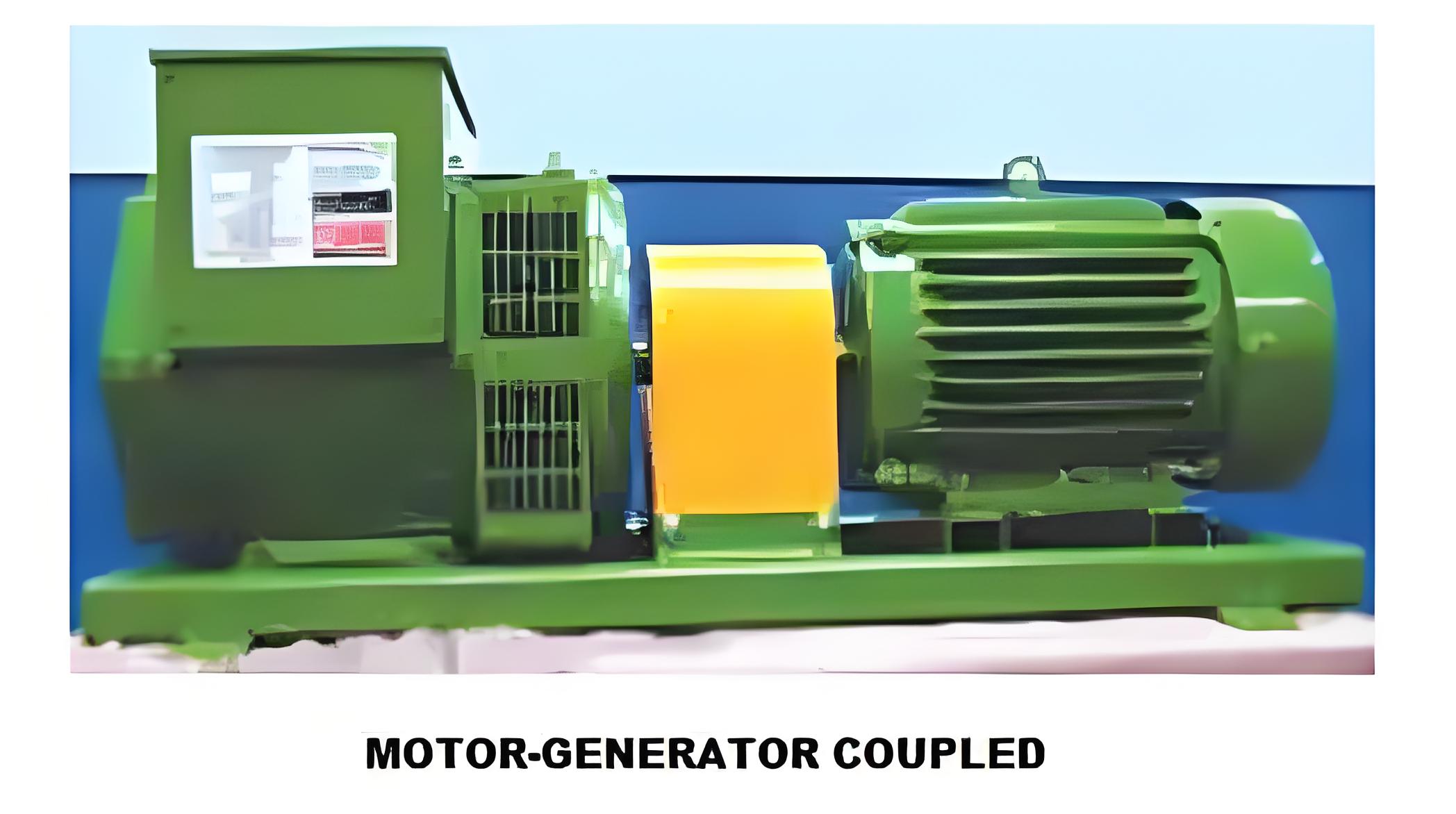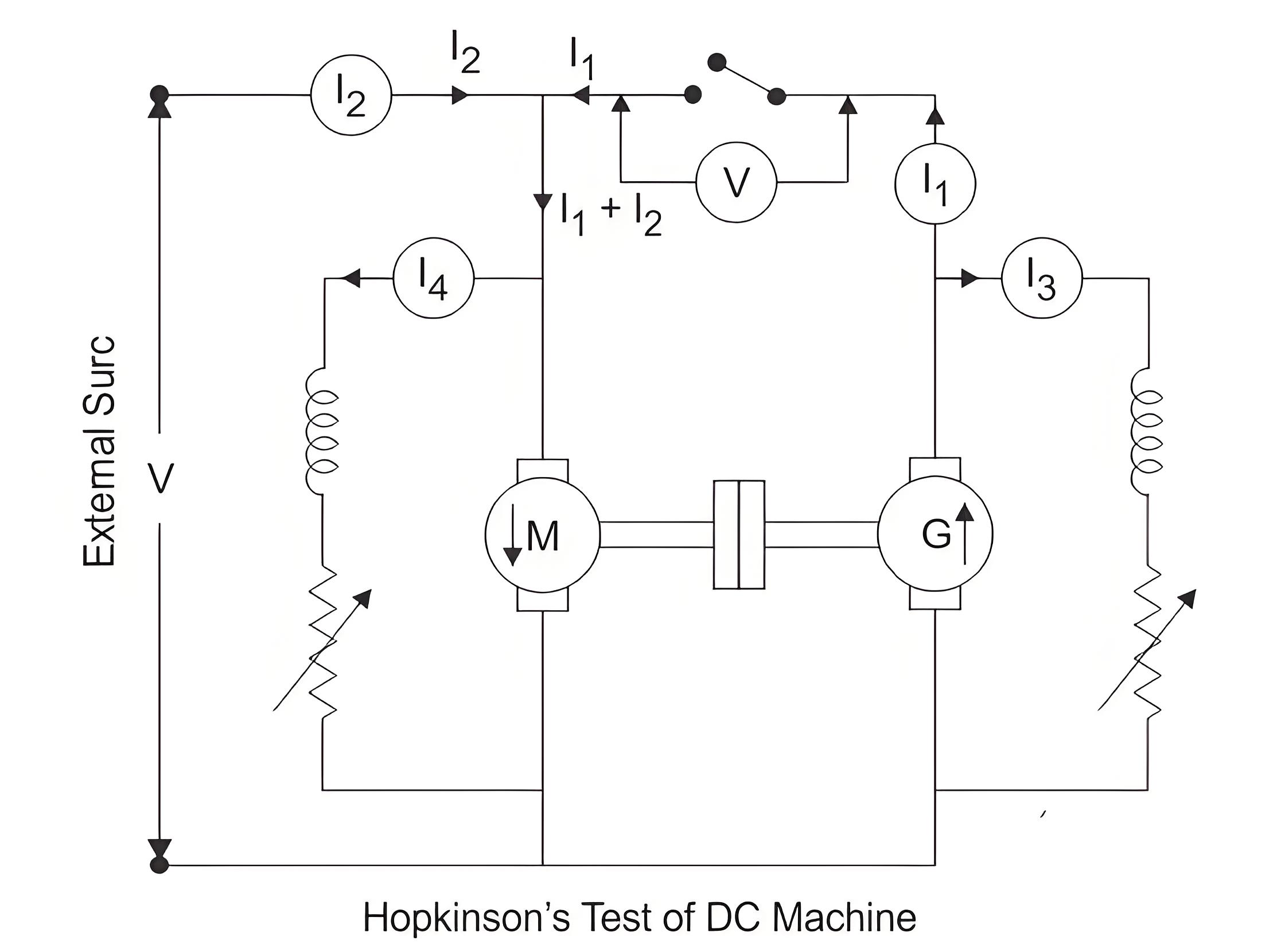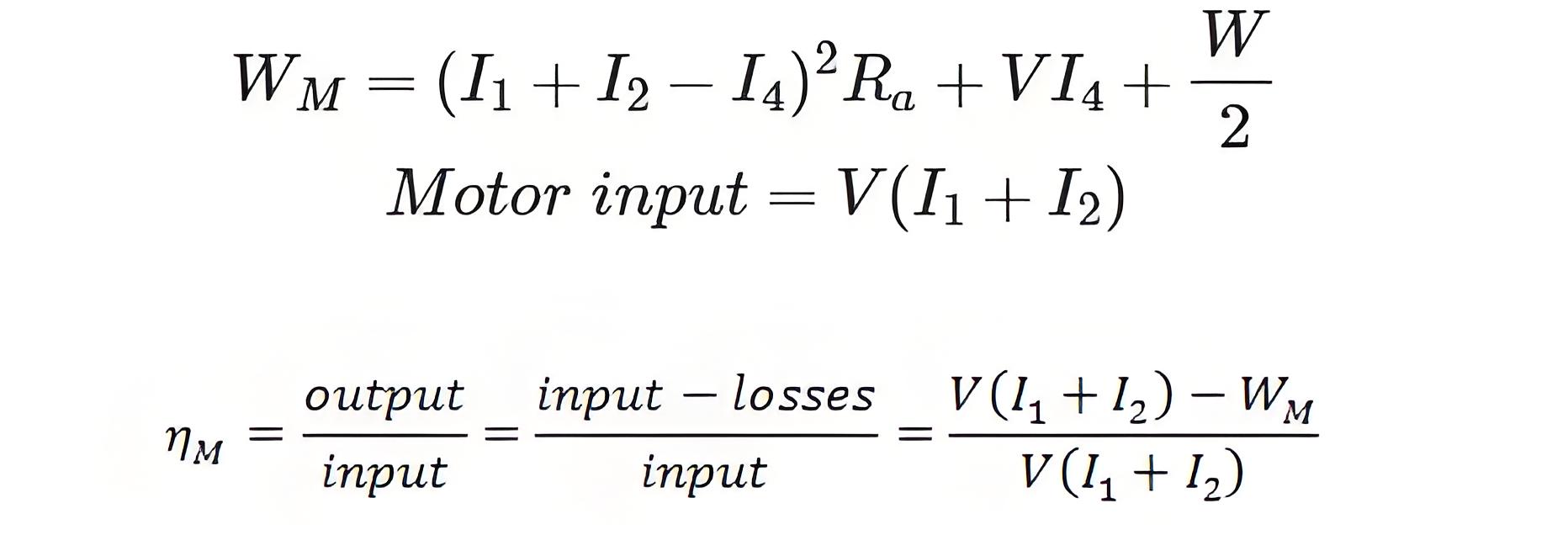What is the Hopkinson Test?
What is the Hopkinson Test?
The Hopkinson test definition
The Hopkinson test is a useful method to test the efficiency of DC motors. It requires two identical machines, one acting as a generator and the other as a motor. The generator provides mechanical power to the motor, which then drives the generator. This setup is why the Hopkinson test is also known as back-to-back or regenerative testing.
If there is no loss, no external power supply is required. However, since the generator output voltage drops, additional voltage sources are needed to provide the correct input voltage to the motor. The external power supply compensates for the internal loss of the motor generator set. This is why the Hopkinson test is also known as a regenerative or hot run test.

Operate back-to-back
The test uses one machine as a generator and the other as a motor to drive each other, requiring an external power source to overcome internal losses.

Efficiency calculation

Advantage
This test requires a very small amount of power compared to the full load power of a motor-generator coupled system. That's why it's economical. Large machines can be tested at rated load without consuming too much power.
Since the test was conducted under full load conditions, temperature increases and reversals could be observed and kept within the limits.
Due to the advantages of its full load conditions, changes in iron loss due to magnetic flux distortion can be considered.
Efficiency under different loads can be determined.
Shortcoming
It's hard to find two identical machines for the Hopkinson test.
Two machines cannot load identically all the time.
Although the two machines differ in different ways due to incentives, it is not possible to obtain a separate iron loss.
Because the magnetic field current varies so much, it is difficult to run the machine at rated speed.
The Electricity Encyclopedia is dedicated to accelerating the dissemination and application of electricity knowledge and adding impetus to the development and innovation of the electricity industry.













